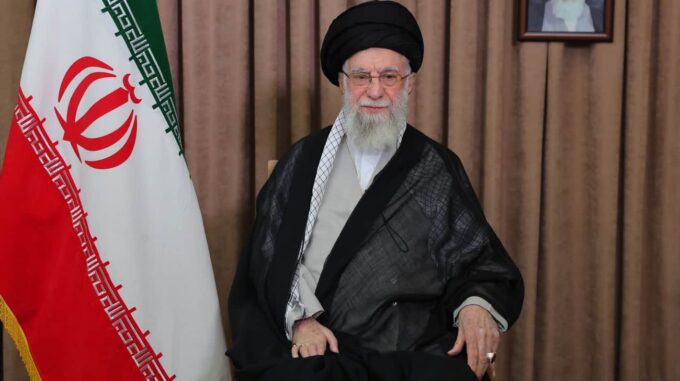Threat to eliminate Iran’s supreme leader: Israel considers radical scenarios to counter Tehran’s nuclear program

Discussions about potential and radical measures Israel might take in response to escalating nuclear tensions with Iran have resumed in international circles. According to The Wall Street Journal, Israeli officials do not rule out the possibility of physically removing Iran’s Supreme Leader Ayatollah Ali Khamenei, which could become one of the most radical scenarios in the context of confronting Iran’s nuclear ambitions. A source within leading Israeli circles asserts that this option is not “forbidden” or taboo for them, and its implementation could form part of a broader strategy. An anonymous government official stated, “The war between Israel and Iran will continue until Tehran ceases developing its nuclear program or Israel prevents it from doing so forever.” In this context, it is emphasized that “eliminating Khamenei — is not an excluded scenario, but its execution depends on operational circumstances, political considerations, and internal factors in each specific situation,” comments well-known Israeli political analyst Amit Segal from Channel 12, citing sources within the government. Background of the conflict: Tensions between Israel and Iran significantly escalated in June. On the night of June 13, Israeli defense forces launched missile strikes against facilities in Iran related to Tehran’s nuclear program, justifying their actions as necessary to “stop Iran from acquiring nuclear weapons.” Just 18 hours after the Israeli operation, Iran responded with a missile attack from within its territory targeting Israel. In turn, the Israeli armed forces reported ongoing counter-tank actions over the following two days, resulting in over 150 targets being hit in Iran. These events led to substantial diplomatic repercussions: European countries, including France, called on both sides to pursue diplomatic solutions and avoid escalation. Israel Defense Forces Brigadier General Effi Defrin stated that over the course of 40 hours, Israeli forces continued to attack Iranian facilities, focusing on destroying key targets — more than 150 locations were struck as part of Israel’s counteroffensive. Politically, the situation has become even more tense. Following the Israeli operation, U.S. President Donald Trump emphasized the need for Iran to return to negotiations regarding its nuclear program, warning that “if we do nothing now, later on, a more difficult conflict awaits us, and it will be too late then.” Meanwhile, Iran, considering these events, announced the futility of any new diplomatic talks with the U.S., calling the nuclear conflict with Washington “senseless and hopeless” after the Israeli missile strikes. Thus, the current situation in the region remains tense and dangerous. With increasing military activity, the possibility of employing the most radical measures, such as eliminating Iran’s supreme leader, is being considered as one of the options to deter Tehran and prevent it from continuing nuclear disarmament efforts. However, these actions are all on the edge of risk and will require careful assessment of prospects and political consequences by the relevant actors. As the conflict intensifies, regional and global experts and policymakers are strongly urging diplomacy and restraint, though military scenarios still remain within the realm of consideration for many. Overall, the escalation of the Israel-Iran conflict demonstrates a high level of tension in the Middle East, and any radical steps, including the elimination of leadership figures, currently remain potential scenarios fraught with numerous risks and unpredictable consequences for the region and global peace.

